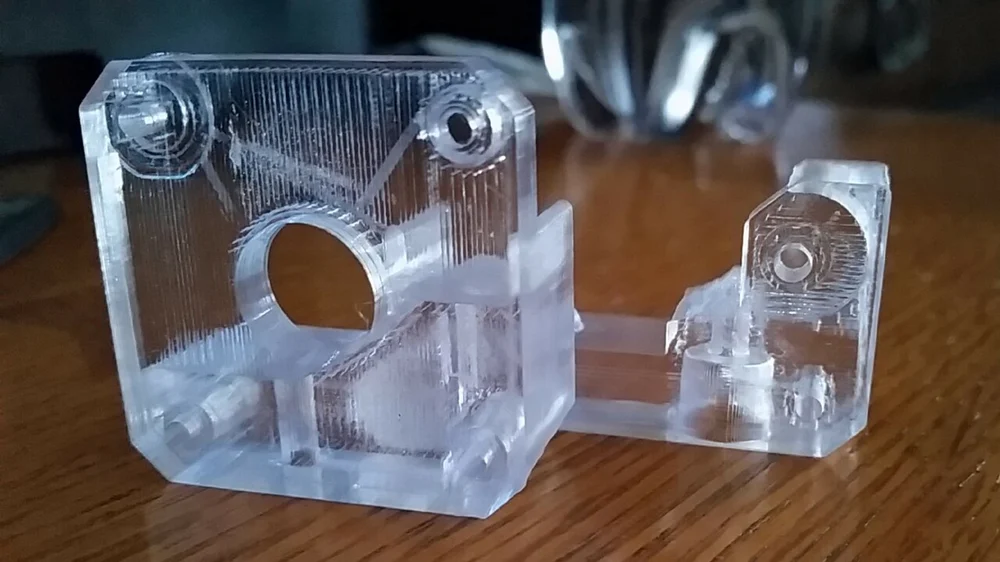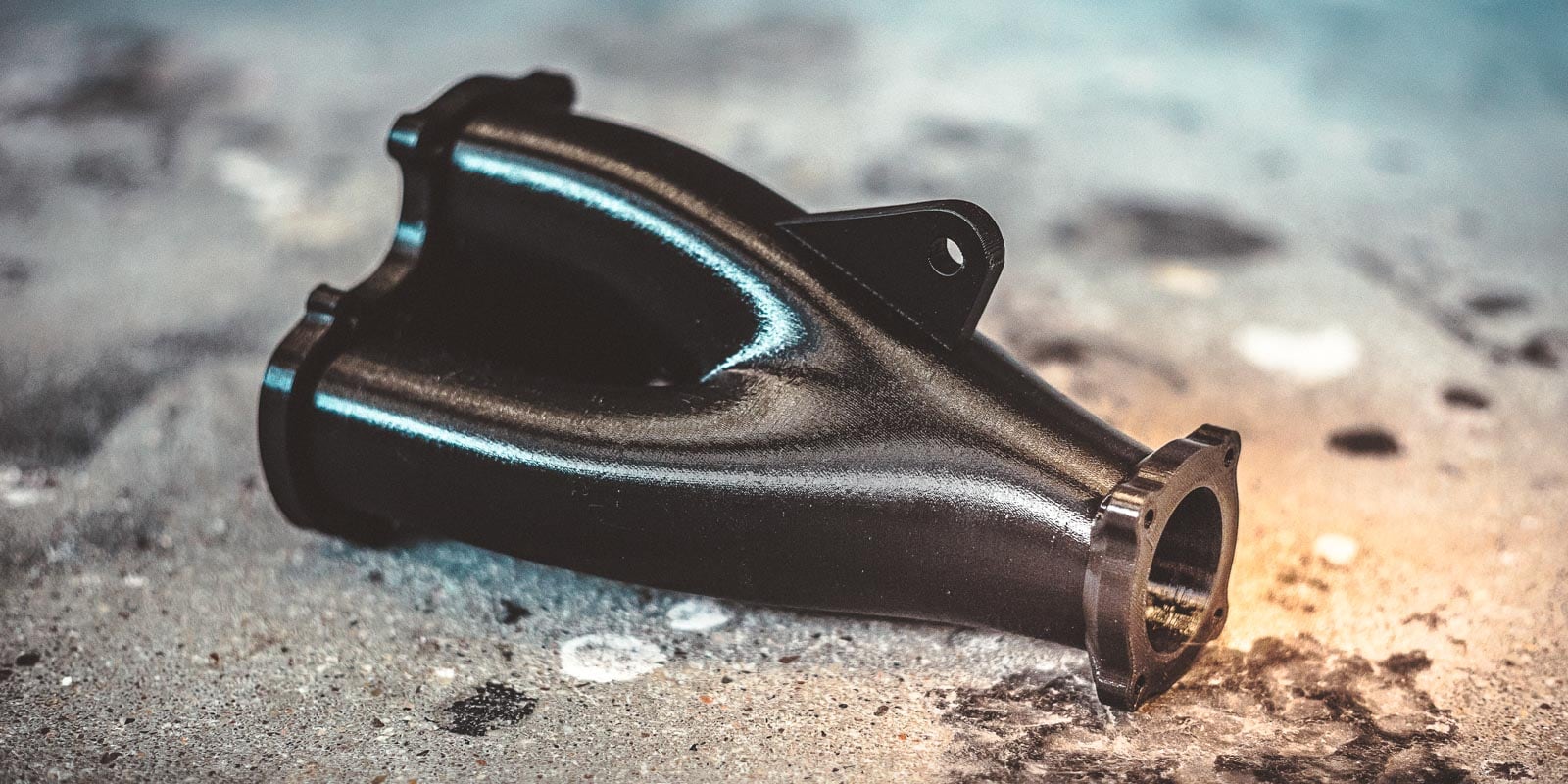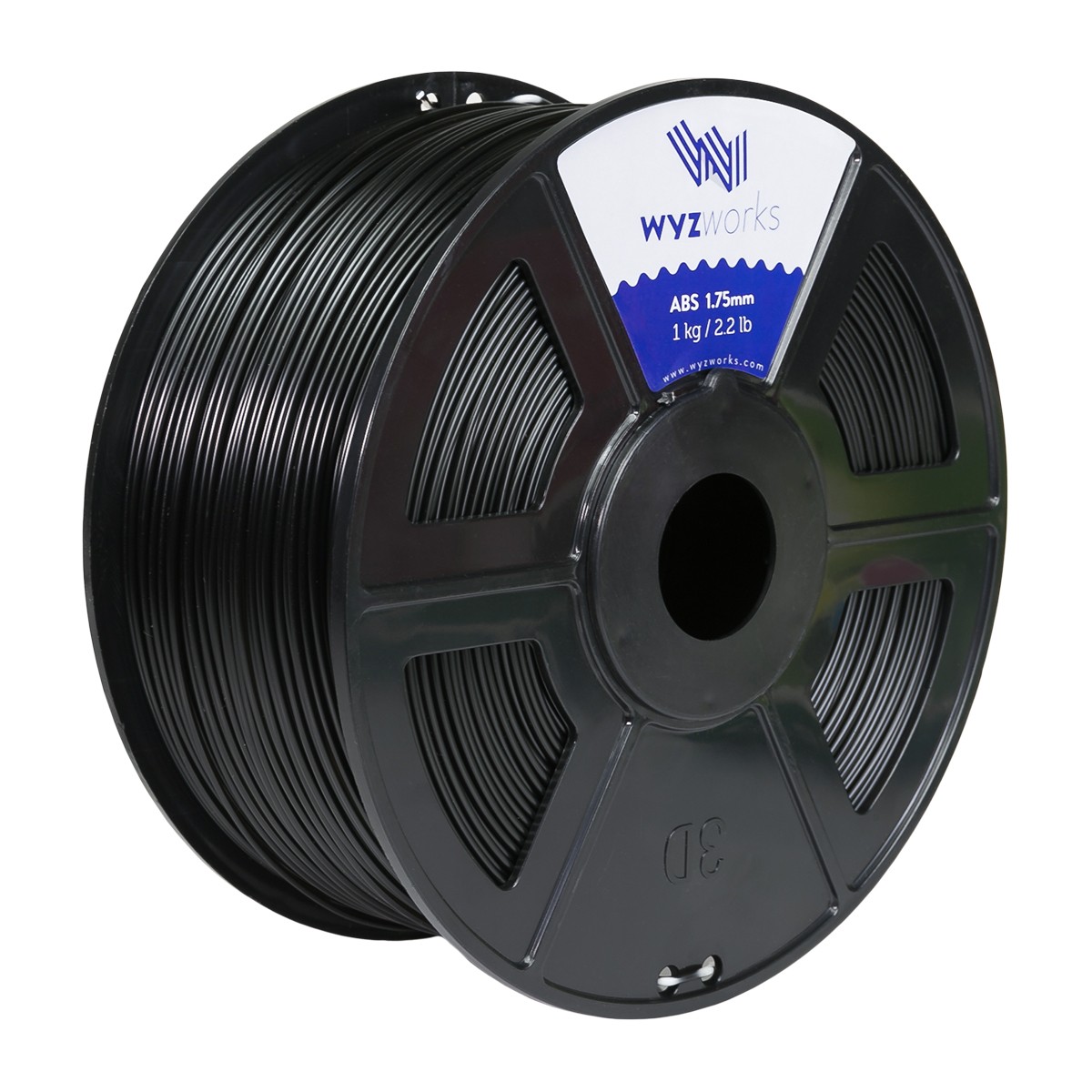Anti static 1.75mm Conductive ABS Filament 1 KG black color 3d printer filament Printing

ABS PRO Low Warp Black 500g 3D Printer Superstore
The ideal recommended printing temperature range for ABS is between 210 and 250 degrees Celsius. If the filament is printed at too high of a temperature, it can cause warping and deformation. Too low temperature can result in poor first layer adhesion and incomplete prints.

Pla Filament Types BEST 3D PRINTING
What Is ABS? Regular ABS Requirements Regular ABS Printer Setup Loading & Unloading Filament Bed Surface Bed Leveling & Nozzle Height Pre-heating Enclosure Filament Storage Printer Settings Nozzle Temperature Bed Temperature Controlled Chamber Temperature Cooling Rafts Supports Dual Extrusion Post Printing Removing a print after completion

Why these 3D Printing Filaments are the Best Part I Geeetech
3D printer temperature is an essential setting for success. Read on for the best temperatures for PLA, ABS, PETG, nylon, and TPU! Advertisement with personalized ads Accept and continue

Przezroczyste włókna PETG 2021 usługi druku 3D FacFox Wiedza Technologia MakeitFACFOX, INC.
Save Table of Contents What is ABS? What Temperature Should ABS be For 3D Printing? What are The Best ABS Settings for Slicer? What Else to Consider When Printing with ABS? The Conclusion It is very common to choose ABS for 3D printing parts. Thanks to the various benefits the filament offers including strength and flexibility.

ABS Filament Optimal Bed Temperature and Print Settings Clever Creations
3D Printing Guides Ultimate Guide: How to Print with ABS Filament? Is ABS really difficult to print? In this guide, we will go into the details on how to print with ABS filament. We will go through the requirements in printing ABS, its advantages, as well as its drawbacks. Is it worth using ABS? Let's find out. Contents of this Guide:

3D 프린터용 ABS 필라멘트(1.75mm/검정색) / ABS Filament for 3D Printers 1.75mm Diameter Black 1KG
Gizmo Dorks ABS is available in either 1.75 or 2.85 mm diameter 1kg spools and is compatible with most 3D printers under the sun. Gizmo Dorks say a nozzle temperature of 230°C to 250°C and a print bed tuned to 110°C should see its ABS thrive. You can snap up a spool of Gizmo Dorks for around $20 to $23 per kilo.

Conductive Black ABS Filament 1.75mm WYZ works
ABS has a melting temperature of around 200°C, as such it is recommended that the extrusion temperature be between 230 and 260°C. Furthermore, the use of a heated print bed (between 80 and 130°C) is mandatory.. another popular filament), ABS is still easier to print with than other technical and inexpensive thermoplastics. However, as.

Temperature calibration Ultimaker 3D Hubs Talk
You can use acetone and a towel (lint free) to clean your surface and make sure it is free from oils and dirt before printing. If your printer is equipped with a heated print bed, make sure you turn it on, especially for ABS. A guideline for settings and temperature for 3d printers with 3d printing materials in Canada

Buy ABS 3D Printing Filament (White) Print temperature 220230C Infill Speed 3090mm/s 3D
Fillamentum - High quality material with incredible colors. Choosing the Right ABS There are many different brands, colors, and even composites made by blending other materials or additives with standard ABS resin. Depending on the specific needs of your project, the one of the following materials is probably the best option. MH Build ABS

Topzeal 1.75mm Abs Filament 1kg Yellow Color 3d Printer Filament Printing Temperature 220240
Versatility: ABS is a versatile filament that can be used for a wide range of 3D printing projects. You'll find ABS used in consumer products, automotive parts, electronic enclosures, and much more. Post-Processing: ABS is amenable to post-processing techniques like sanding, painting, and acetone smoothing.

What Does 3D printing Smell Like? Things You Should Know
Here are the key points: 1. You need the print bed (or print surface) to be level. 2. You need the extruder to be homed to the correct height from the bed. 3. You need a good adhesive to assist your ABS in sticking to the bed. 4. And of course, making sure that your extruder is heated to the right temperature.

What Is The Correct Temperature For Pla 3d Printers Electronic Engineering Tech
It will depend on your surrounding environment and how your 3D printer bed heats up. Let's check the printing and bed temperature of some of the most popular brands of ABS filament. HATCHBOX ABS Printing Temperature: 210-240°C Bed Temperature: 85-110°C SUNLU ABS Printing Temperature: 230-240°C Bed Temperature: 85°C OVERTURE ABS

Die besten 3DDruckertemperaturen für PLA, PETG, Nylon und TPU Knowledge Makeit Technology
temperature resistant less problems during extrusion reduced susceptibility to nozzle blockages and clogging Contra: petroleum based not biodegradable high temperature necessary to reach melting point noxious fumes ventilation of the room required heated bed required (80 to 100° Celsius) considerable warping considerable shrinkage not food-safe

ABS Filament, 1.75mm, 1kg CRCibernética
Filament temperature: ABS, PLA, TPU, TPE, PVA Written by Verl Humpherys in 3D Printer The extrusion temperature for your filament is one of the most critical settings. Too low and it may not extrude, the layers may not adhere, or you might get an extruder jam and even a clogged nozzle.

Filament temperature ABS, PLA, TPU, TPE, PVA 3D Printing Realms
ABS is a heat-resistant filament that is often used when a 3D print needs to withstand environments with higher temperatures. It is a good material to use for parts that need to stay in hot cars, outside, or near heat sources. It has a softening point around 100°C, which is much higher than PLA (60 - 65 °C) and even PETG (80 - 85 °C). Recommended:

Guía avanzada de filamentos Original Prusa 3D Printers
3D Printing Acrylonitrile butadiene styrene (ABS) filament is a must-have for FDM 3D printer users and is among the most popular materials used today. Cheap, wear-resistant, and heat-resistant, ABS offers a number of benefits when compared to PLA, such as superior ductility and durability.